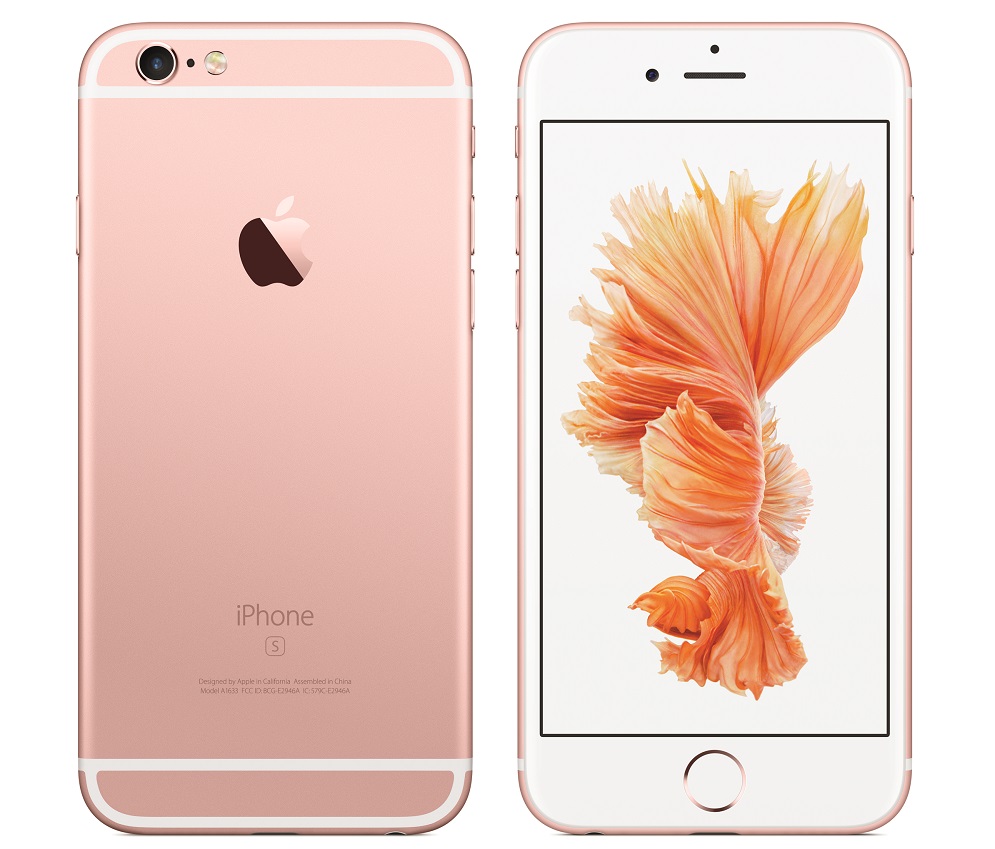iOS 9 Adoption Surges To 50 Percent, New iPhones Available September 25
Apple announced that its iPhone 6S and iPhone 6S Plus devices will be available for sale at its retail stores starting at 8 am local time, on Friday, September 25. All of the four major carriers, including AT&T, Verizon Wireless, Sprint and T-Mobile will carry them, as well as other smaller carriers and Apple Authorized Resellers.
Probably the most significant part of the new iOS version is the myriad of security features it has received, from six-digit PIN numbers to native two-factor authentication and the App Transport Security (TLS for apps) feature, which could make iOS the most secure ecosystem around. After so many problems and bugs in iOS 8, iOS 9 brings over 100 security patches, and this alone should be a good enough reason to upgrade to iOS 9 immediately.
Speaking of updates, Apple also announced that iOS 9 has already been installed on 50 percent of iOS devices, as measured by the Apple App Store. The devices that are eligible for an update include iPhone 4S (2011) and newer, as well as iPad 2 (2011) and newer.
It seems that Apple has begun to support its iOS devices for four years instead of three, making the gap between the messy Android update system and the iOS one even larger. Four years should cover not just the typical customers who buy new handsets every two years or so, but also those who buy used phones, as well. It now seems more likely that the battery of the devices will be in a significantly degraded state by the time they stop receiving feature and security updates, which is exactly how it should be.
The new iPhones come with other features as well, including "3D Touch," which allows different types of actions based on how hard you press on the screen; Live Photos, which are essentially three-second GIF-like files with audio embedded in them; a higher-resolution 12MP camera with 4k video recording support; a FaceTime camera with "Retina Flash" (screen brightens up); and a CPU and GPU that Apple claimed are 70 percent and 90 percent faster, respectively, compared to last year's generation.
Apple will offer the iPhone 6s and iPhone 6s Plus in gold, silver, space gray and the new rose gold. The cheapest iPhone with 16 GB of storage (which seems way too low for a high-end handset these days) will start at $650, and the prices go up from there to more than $1,000 for the most expensive model.
Apple will also offer the iPhones for $0 down with 24 monthly payments starting at $27 for the iPhone 6S and $31 for the iPhone 6S Plus. Exclusively at Apple's retail stores, as part of the new iPhone Upgrade Program, customers will also have the ability to renew their iPhones annually and receive AppleCare+, with monthly payments starting at $32 for the iPhone 6S and $37 for the iPhone 6S Plus. These monthly payment programs are only available in the U.S.
Get Tom's Hardware's best news and in-depth reviews, straight to your inbox.
Both models will be available in Australia, Canada, China, France, Germany, Hong Kong, Japan, New Zealand, Puerto Rico, Singapore, the UK and the U.S.
Follow us @tomshardware, on Facebook and on Google+.
Lucian Armasu is a Contributing Writer for Tom's Hardware US. He covers software news and the issues surrounding privacy and security.
-
house70 Look at things in perspective: the ONLY OS available for these devices is iOS. Considering that, and the fact that users have no other option to install (no custom OS, no ports, not even mods for their OS), 50% is kinda low.Reply
OTOH, many of these people got burned in the past, and the ones with a couple year-old devices might think twice before upgrading. -
Rockwall Kind of like windows 10. No options on what to update. But then again, I can update to iOS-9 and never update again. I can do that in Win-10 as long as I never use the internet again. Ahh, decisions.Reply -
Cons29 why is this even news? i mean, you can count the number of devices that they have with your fingers. compare that to android and the fact that they control everything, is this even surprising?Reply -
farhadd It now seems more likely that the battery of the devices will be in a significantly degraded state by the time they stop receiving feature and security updates, which is exactly how it should be.Reply
Actually, selling devices with user-serviceable batteries is exactly how it should be.
